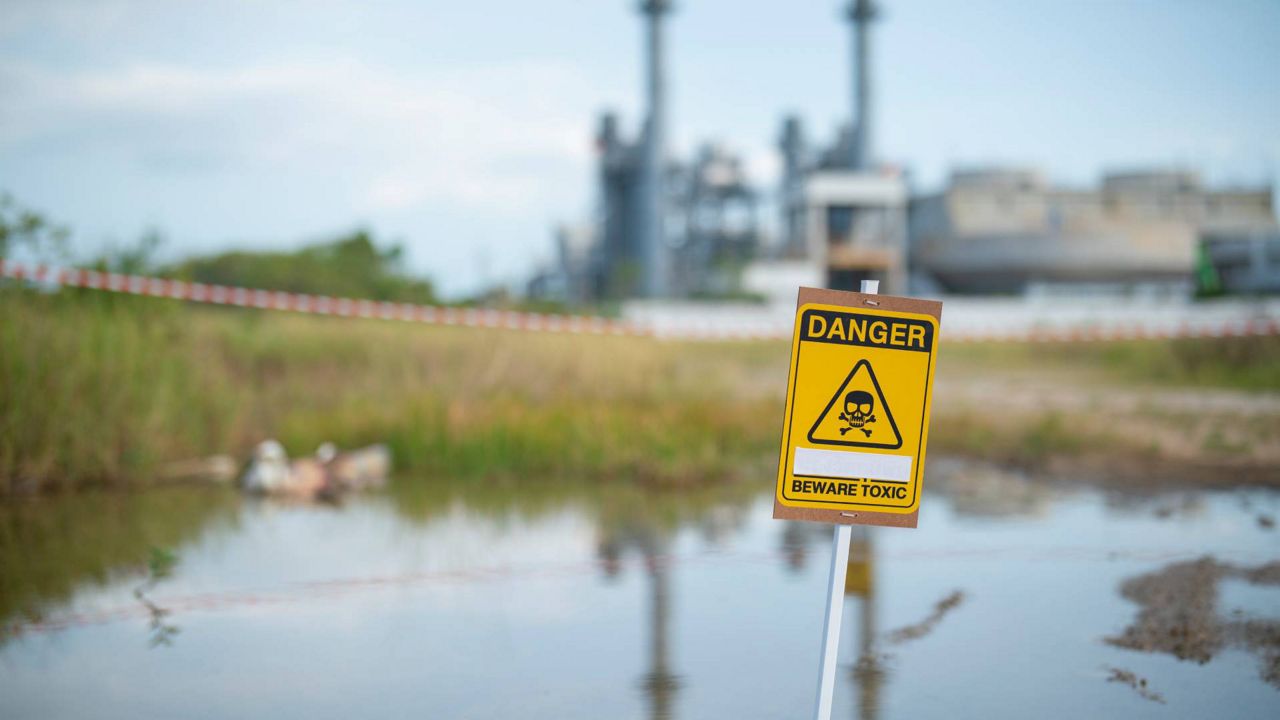Livingston and Seneca counties will each receive $1.5 million in federal funding to clean up contaminated and toxic sites, U.S. Sen. Chuck Schumer announced Tuesday.
The money comes from the federal Brownfields Assessment Grant through the Environmental Protection Agency and aims to clean up properties that have long plagued the region.
This includes areas like the abandoned Buisch’s gas station, Seneca Army Depot and the former Willard State Asylum campus.
“For too long, Finger Lakes communities have had to deal with public health and safety risks from contaminated sites in their communities, from abandoned gas stations to inactive landfills or blighted businesses," Schumer said in a statement. "I stood at one of these toxic lots last year and promised to deliver the funding to help, and now, thanks to this major $3 million federal investment, we can accelerate the cleanup of contaminated eyesores in Seneca and Livingston Counties and abandoned sites like the shuttered Willard State Asylum campus in Seneca County, making our communities healthier and cleaner, all while creating good-paying jobs and new development opportunities that enhance local tax rolls. The Brownfields program has had tremendous success in transforming sites like these into areas of new growth and will supercharge cleanup and redevelopment efforts at lots across every corner of Seneca and Livingston Counties. I am proud to deliver this federal investment to revitalize our communities and will always fight for a brighter and cleaner future for Upstate NY.”
Schumer says grant funds will be used in Livingston County to inventory and prioritize brownfield sites and develop eight cleanup plans and six site-specific reuse plans in the towns of Caledonia, Livonia and Leicester and the villages of Dansville and Geneseo. In Seneca County, grant funds will be used to prepare eight cleanup plans and conduct 20 Phase I and 16 Phase II environmental site assessments. Activities will focus on the towns of Seneca Falls, Waterloo and Romulus.
Officials say sites that contain or likely contain hazardous contaminants like volatile organic compounds, polycyclic aromatic hydrocarbons, metals within soils, groundwater, and sediment and soil gas are of greatest concern, and have led to the hampering of redevelopment and pose health threats to those who live and work nearby.


